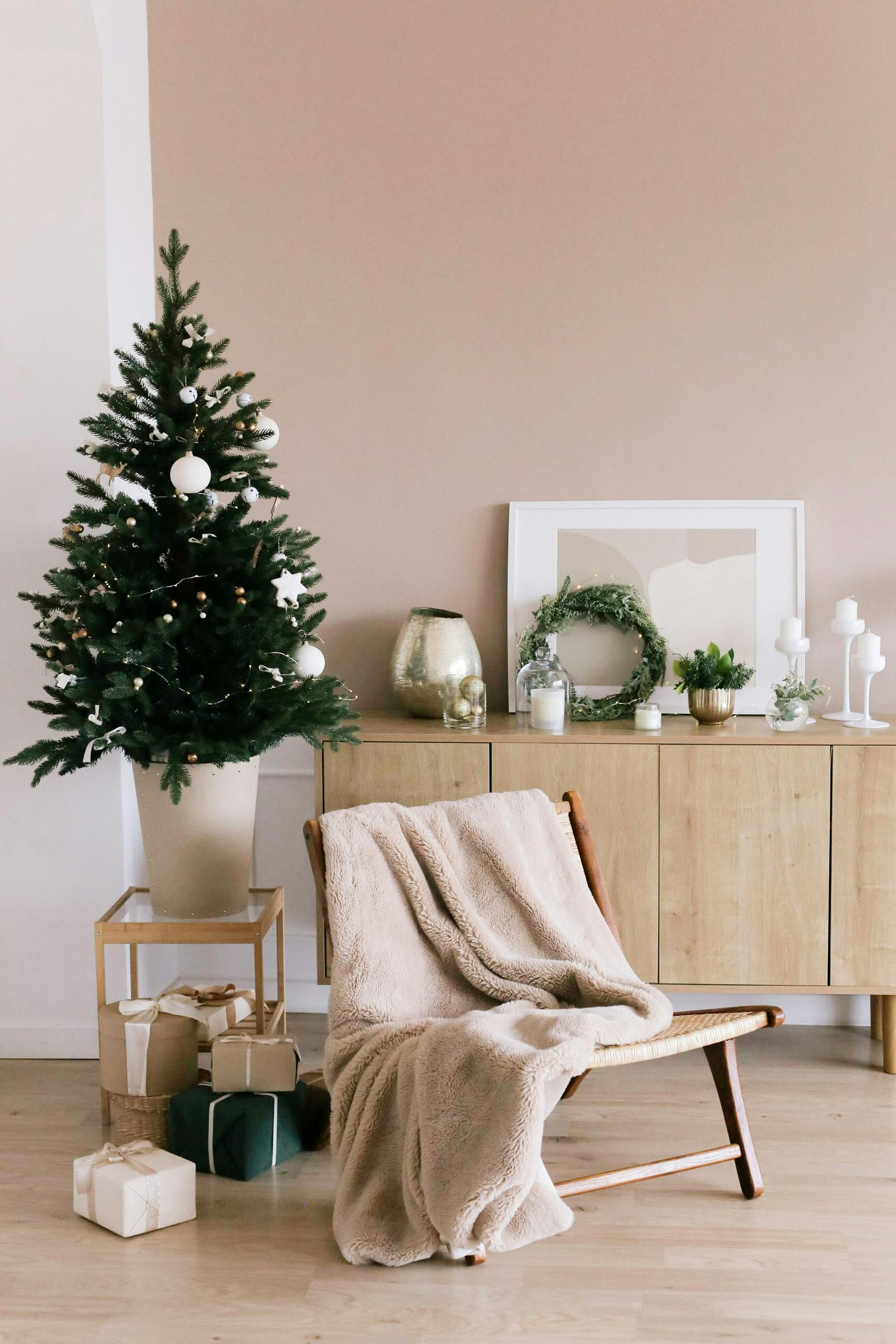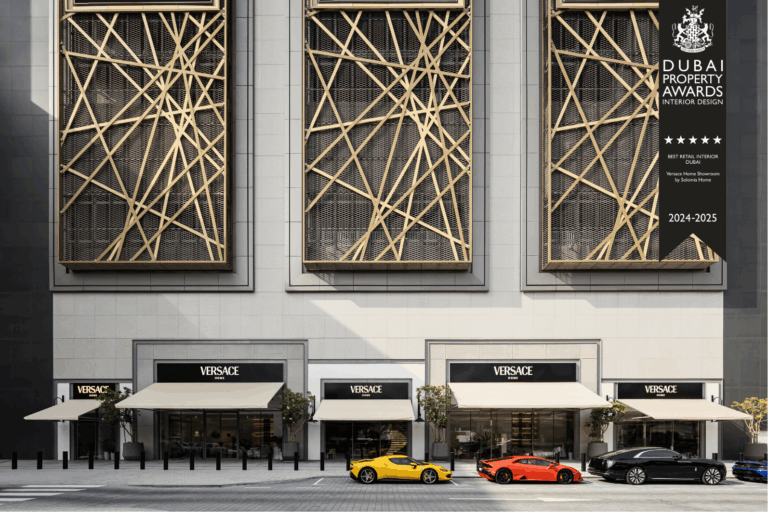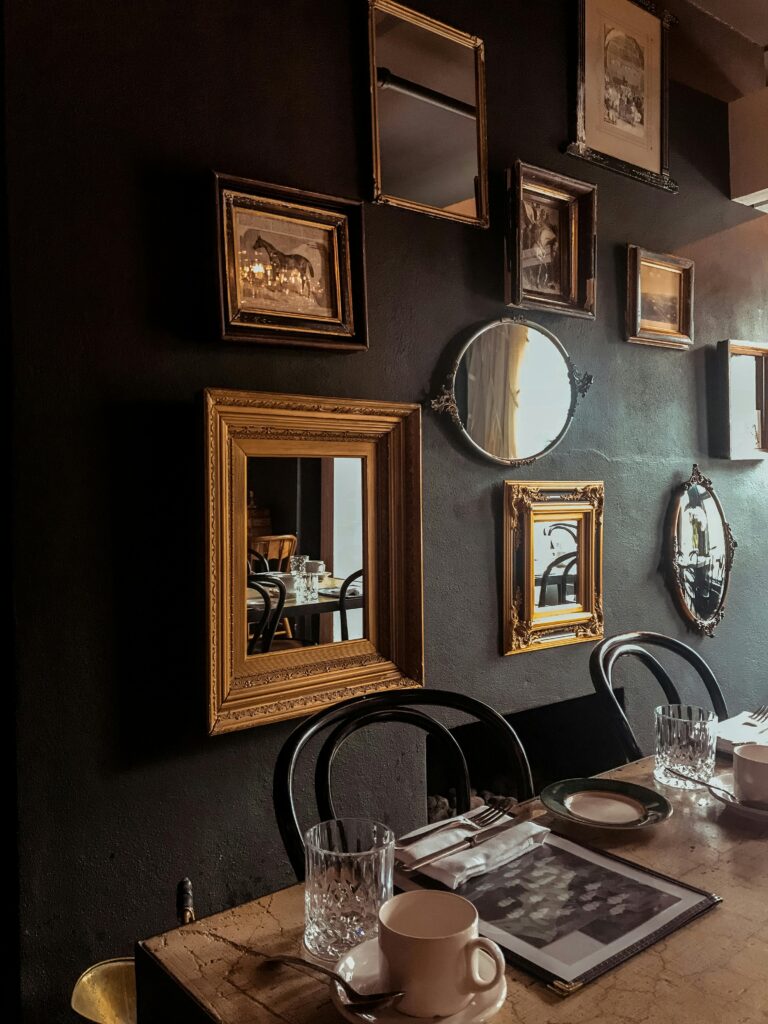Signature Luxury Living Room Design: Creating Bespoke Entertainment & Relaxation Sanctuaries 2025
The luxury living room has evolved beyond simple furniture placement and color coordination. Today’s discerning homeowners face a complex challenge: creating spaces that seamlessly blend high-end entertainment technology, intimate relaxation zones, and sophisticated design elements without compromising the room’s visual harmony or functionality. Many luxury homes feature living rooms that feel either too formal for daily use or too casual for entertaining distinguished guests.
This design dilemma stems from treating the living room as a single-purpose space rather than recognizing its dual nature as both an entertainment hub and personal sanctuary. The solution lies in understanding how to craft bespoke zones within your living room that serve multiple functions while maintaining an cohesive luxury aesthetic. We’ll explore the strategic design principles that transform ordinary living spaces into signature sanctuaries that adapt to your lifestyle needs.
The evolution of luxury living room design in 2025
The luxury living room landscape has transformed dramatically, with 2025 marking a shift toward multifunctional design that prioritizes both technological integration and human comfort. According to recent industry data, 78% of high-end residential projects now incorporate dedicated entertainment zones alongside traditional seating arrangements, representing a 45% increase from 2023.

This Photo was taken by Hanna Pad.
Modern luxury living rooms now feature distinct zones that serve specific functions while maintaining visual continuity. The entertainment zone typically occupies 40-50% of the room’s footprint, incorporating advanced audio-visual systems, gaming capabilities, and smart lighting controls. The relaxation sanctuary, meanwhile, focuses on comfort-first furniture arrangements, ambient lighting, and acoustic considerations that promote tranquility.
This evolution reflects changing lifestyle patterns where homeowners demand spaces that adapt to different occasions. A room might host a formal business meeting in the morning, transform into a cinema experience for evening entertainment, and provide a peaceful reading nook for weekend relaxation. The key lies in creating flexible design elements that transition seamlessly between these various functions.
Strategic zoning for entertainment and relaxation
Successful luxury living room design begins with understanding spatial relationships and how different zones interact with each other. The entertainment zone requires careful consideration of sight lines, acoustic properties, and technology integration, while the relaxation sanctuary prioritizes comfort, privacy, and sensory appeal.
Entertainment zone fundamentals
The entertainment zone serves as the room’s technological heart, where smart home technology integration becomes crucial for seamless operation. Position your primary entertainment area to maximize viewing angles while minimizing glare from windows and artificial light sources. The ideal viewing distance for large-screen displays ranges from 8-12 feet, depending on screen size and resolution.
Acoustic considerations play a vital role in entertainment zone design. Sound reflection and absorption must be balanced to create immersive audio experiences without disturbing other areas of the home. Consider incorporating acoustic panels disguised as decorative wall elements, strategically placed soft furnishings, and sound-dampening materials within the room’s architecture.

This Photo was taken by Hanna Pad.
Technology infrastructure requires advance planning, with dedicated electrical circuits, high-speed networking capabilities, and climate control considerations for electronic equipment. Conceal wiring and cables through custom millwork or architectural features to maintain the space’s luxury aesthetic while ensuring easy access for maintenance and upgrades.
Relaxation sanctuary design principles
The relaxation zone focuses on creating intimate spaces that promote calm and comfort. This area typically features lower lighting levels, softer textures, and furniture arrangements that encourage conversation or solitary activities. Position seating to take advantage of natural views while providing privacy from high-traffic areas of the home.
Furniture selection for relaxation zones emphasizes ergonomic comfort and premium materials. Deep-seated sofas, adjustable reading chairs, and ottomans that double as storage create flexible arrangements. Consider incorporating elements that engage multiple senses: textured fabrics, subtle fragrances through integrated diffusion systems, and tactile surfaces that invite interaction.
Bespoke furniture and spatial arrangements
Custom furniture solutions address the unique challenges of dual-purpose living rooms by creating pieces that serve multiple functions without compromising luxury aesthetics. Bespoke design allows for precise fit within your space while incorporating specific features that enhance both entertainment and relaxation experiences.
| Furniture Type | Entertainment Function | Relaxation Function | Custom Features |
|---|---|---|---|
| Modular Seating | Theater-style configuration | Intimate conversation groupings | Integrated USB charging, cup holders |
| Coffee Tables | Gaming surface, device storage | Book display, beverage service | Hidden compartments, adjustable height |
| Media Consoles | Equipment housing, cable management | Display space, ambient lighting | Ventilation systems, remote accessibility |
| Accent Chairs | Additional seating for gatherings | Reading nooks, meditation spots | Swivel mechanisms, lumbar support |
Spatial arrangements should facilitate easy transitions between different room configurations. Furniture on wheels, modular components, and retractable elements allow for quick reorganization based on the intended use. Consider traffic flow patterns and ensure adequate space for movement even when the room is configured for maximum seating capacity.

This Photo was taken by Pixabay.
Storage solutions become critical in maintaining the room’s luxury appearance while accommodating the various items associated with both entertainment and relaxation activities. Built-in cabinetry, hidden compartments, and multi-functional furniture pieces provide ample storage without visual clutter.
Lighting design for dual functionality
Lighting serves as the primary tool for transforming your living room’s atmosphere between entertainment and relaxation modes. A well-designed lighting system incorporates multiple layers and control options that adapt to different activities and times of day.
Ambient lighting foundations
Ambient lighting provides the room’s base illumination and sets the overall mood. For luxury living rooms, this typically includes architectural lighting elements such as cove lighting, wall washing systems, and decorative fixtures that serve as focal points. LED technology allows for color temperature adjustment, enabling warm, relaxing tones for intimate settings and cooler, more energizing light for entertainment activities.
Consider incorporating dimming controls throughout the ambient lighting system, with preset scenes that automatically adjust multiple light sources for specific activities. Popular scene settings include “Entertainment Mode” with reduced ambient lighting to enhance screen visibility, “Relaxation Mode” with warm, low-level illumination, and “Social Mode” with balanced lighting that facilitates conversation.
Task and accent lighting strategies
Task lighting addresses specific functional needs within each zone. Reading areas require focused illumination that minimizes eye strain, while entertainment zones benefit from subtle accent lighting that doesn’t interfere with screen viewing. Adjustable table lamps, floor lamps with directional heads, and integrated furniture lighting provide flexible task illumination.
Accent lighting highlights architectural features, artwork, and decorative elements while adding visual depth to the space. Consider backlighting for media walls, picture lighting for art collections, and landscape





